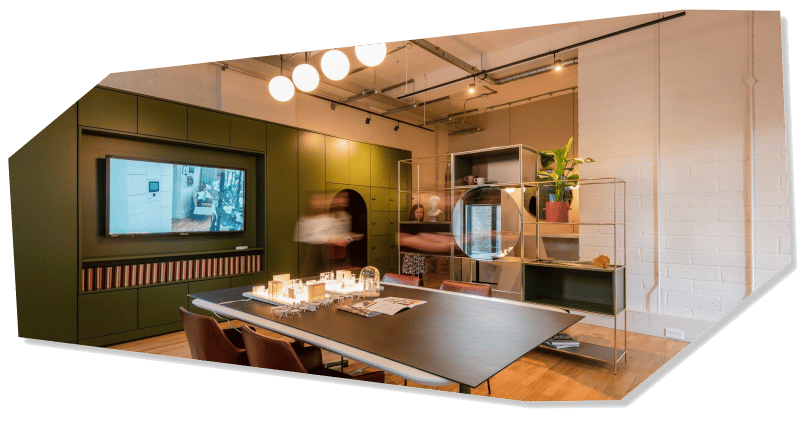Happier employees work harder. Studies from both the University of Warwick and the University of Oxford showed that happy employees were 12-13% more productive than unhappy employees. And that doesn’t mean they worked more hours, they were simply more productive with the ones they had.
That’s why it’s so important for you to embed health and wellbeing into your workspace design and culture. Not just because it’s good for employees, but it’s good for business too.
We’ll run a full health and wellbeing audit to take a snapshot of your workplace and what your staff think about the work environment, flexibility and mental and physical wellness.
This information will be used to close the gap between potential and actual productivity increasing staff engagement and motivation, reducing staff turnover and giving rise to a healthier, more fulfilled group of people.
We look at every little detail in your workspace that can impact health and wellbeing including ambient conditions like lighting quality, air conditioning and noise control.

